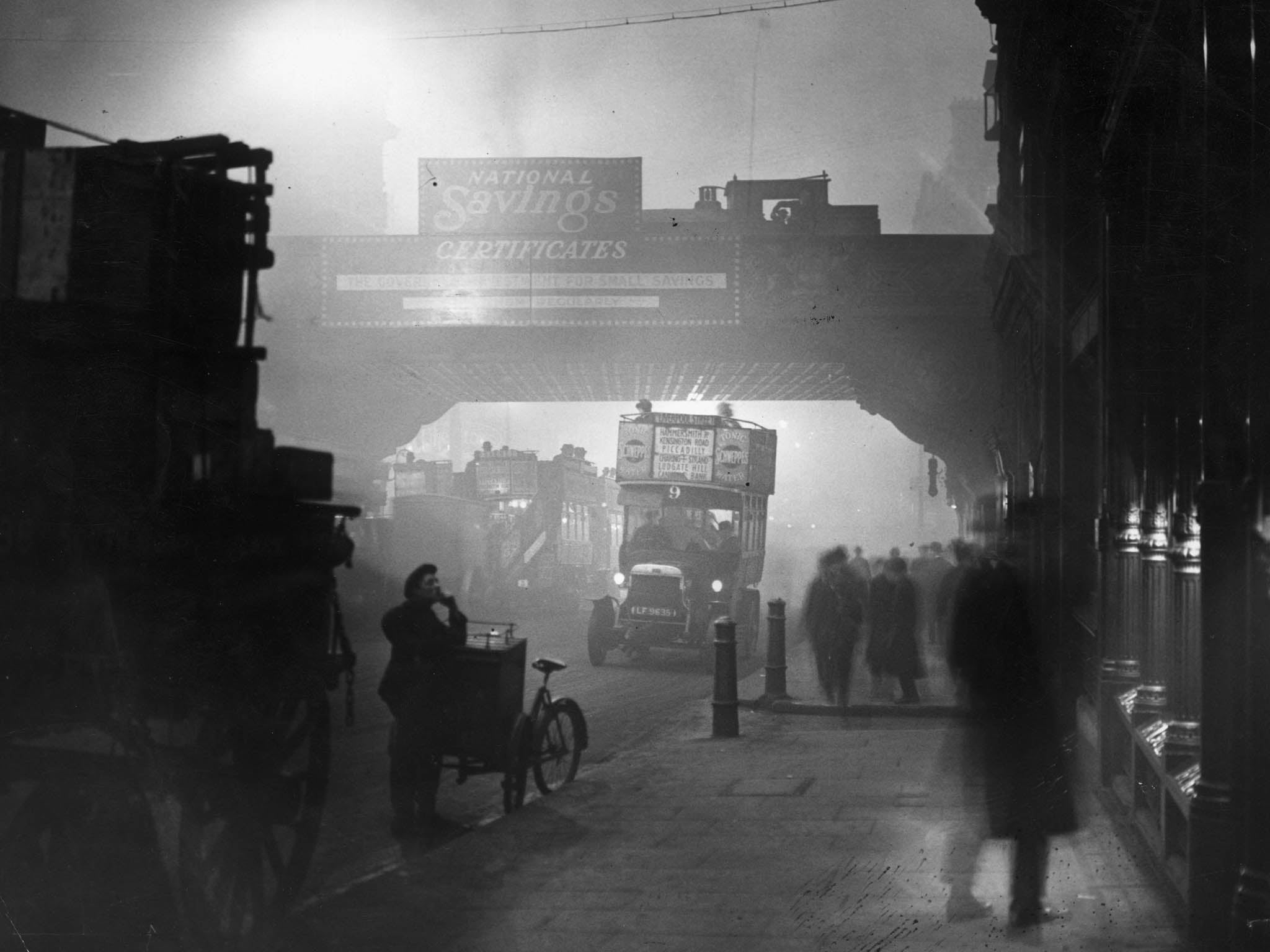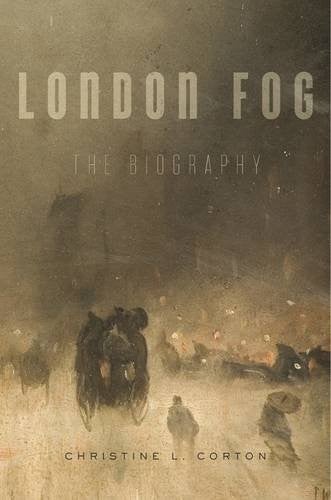London Fog: The Biography, Christine L Corton: 'The dirty story behind the capital’s pea soupers' - book review
In winter, the smoke impregnates the mist and a new creature is born: London fog

The Great Britain of the 19th century was, appropriately for such a bloodthirsty devil, born from fire. You can still see the scorch marks, littering the land and its language. The West Midlands, which hasn’t had a coal industry for decades, remains the Black Country; residents of Middlesbrough are still, in some quarters, known as “smoggies”; Edinburgh, “Auld Reekie”; and London, the Dante-esque inferno at the heart of it all, is the original Big Smoke.
The sheer scale of the pollution described by Corton is hard to grasp. London, as one early Victorian meteorologist observed, was a “volcano of a hundred thousand mouths”. As the city’s coal-hungry population grew – from one million in 1800 to more than two million by the 1830s – so did its sulphurous plume.
Like a volcanic eruption, London’s effusions could block out the sun. Thanks to a topographical quirk, the city is peculiarly susceptible to a phenomenon known as temperature inversion: a front of warm air high up traps the cold air beneath it, leaving pollutants with nowhere to go. London, farting merrily away beneath its special meteorological blanket, chokes on its own fumes.
In winter, the smoke impregnates the mist and a new creature is born: London fog. According to Corton’s timeline, from the 1840s until its death in 1962, brought on by the Clean Air Act, this unique entity clouded the streets.

Air pollution was, of course, nothing new. No less a personage than Queen Elizabeth I found herself “greatly grieved and annoyed with the taste and smoke” of burning coal, and in the second half of the 17th century, the diarist John Evelyn denounced the “Clowds of Smoake and Sulphur, so full of Stink and Darknesse” in his wonderfully titled Fumifugium of 1661.
However, it was not until the Victorian era that the London fog of legend emerged. T S Eliot might have claimed that April was the cruellest month, but for that “Unreal city/under the brown fog of a winter dawn”, November was the killer.
The Times, reporting a fog in 1843, described it simply as “darkness visible”, and later, “Egyptian darkness”. The effect was indeed akin to an Old Testament plague. The Smithfield Club cattle show of December 1873, for instance, happened to coincide with a “dense black fog” which lasted over a week. Cows dropped like flies. Fifty had to be slaughtered and many more choked to death, “their lungs being found gorged with black blood”. Worse still, the “Great Killer Fog” of 1952 was responsible for 3,000 to 12,000 premature deaths. No wonder the fog was so often referred to as a pall – that which covers the dead.
Corton leads the way, like a linklighter of old, through the poisonous clouds of times gone by, and arrives, eventually, at present day Oxford Street, where nitrogen dioxide concentrations are “worse than they are anywhere on earth”. As Corton soberly notes, an estimated 29,000 people in Britain die prematurely every year from man-made pollution. True London fog might be dead, but its spirit lives on.
London Fog: The Biography, By Christine L Corton. Published by Harvard University Press, £22.95
Join our commenting forum
Join thought-provoking conversations, follow other Independent readers and see their replies
Comments